Topos is a must-have for successful landscape architects, planners, urban designers and architects all over the world.The monothematic issues provide a global overview of innovative projects, new developments and trends in the profession. Be part of the worldwide community of Topos readers!
Editorial
Deathscape
“WOULD YOU BOARD A PLANE IF THE CAPTAIN TOLD YOU THERE WAS ONLY A 50 PER CENT CHANCE OF SURVIVING?”
Talent vs. Mastermind
Mexico City • Mexico’s capital is a complex and contradictory place. As the saying here goes, there is not one Mexico City, there are many Mexico Cities. Indeed, sprawling shantytowns coexist with gated communities. Four-hour commutes are a reality for many, while helipads crown developments for the uber-rich. The metro-polis’ history is equally surreal and tumultuous. Once the heart of the Aztec civilization, it has since seen waves of colonizers come and go. But over the course of half a millennium, it has become accustomed to ongoing conflicts and crises and has developed an incredible resilience. In the face of countless challenges including inequality, pollution, crime and corruption, the megalopolis has learned to bounce back and life continues unceasingly with will power and vitality that will stop at nothing.
Gliding over Cityscapes • Mobility at the next level: More and more metropolitan areas are discovering cable cars as a means of transport in inner cities. Pioneers in this regard are conurbations in Bolivia and Mexico. They demonstrate how it is possible to move through urban areas, yet far removed from the noise and stress of the streets and traffic jams. Especially where cities are growing, numbers of commuters are increasing and existing transport systems are reaching their limits, cable cars could establish themselves as a new form of environmentally friendly mobility.
Moving forward • The future of mobility has become an issue concerning countries, cities, municipalities, researchers, planners, companies and citizens all over the world. One could think that the world might benefit from an enormous global think-tank, yet there is no patent remedy, no one-size-fits-all solution that can be unleashed and applied to everything and everyone. Neither will there ever be one, since mobility is individual. We all want to be mobile and cover long distances quickly, avoid getting stuck in traffic jams, live in green and pedestrian-friendly cities and breathe healthy air. This will require rethinking our mobility, says our author. The only question is: how?
Walkability as a new urban Movement • Is the era of the car-dominated city over? If so, the era of walkability has begun, of a city that is far more human-centered and climate-friendly. However, communities and cities all over the world are struggling when it comes to improving urban realms by designing a more walkable city and strengthening the role of pedestrians. For many years city planner and urban designer Jeff Speck has advocated for the walkable city. His rules not only aim to create better places, but also inspire communities and cities to drive change.
“We no longer need any assembly-line cities.” • What do Manila and Rotterdam have in common? Nothing, where human-friendly mobility is concerned: In Manila, bicycle-riding is a dangerous endeavor, whereas by contrast in the Dutch city, cycling is quite comfortable. How do we create bikeable and walkable environments through active mobility all around the world? The secret possibly lies in the realisation that no mobility challenge is solely one of mobility: It’s also about public space, social programs, climate change, employment, and housing. And getting rid of any sort of silo mentality. A plea.
Turning Streets into Parks • How to recode urban space and redefine streets as green spaces? The landscape architects of bauchplan envision Melbourne's...
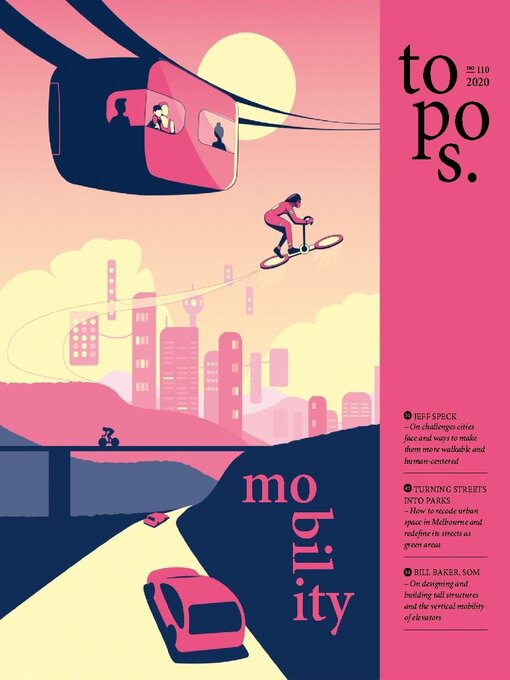
 N. 130
N. 130
 N. 129
N. 129
 N. 128
N. 128
 N. 127
N. 127
 N. 126
N. 126
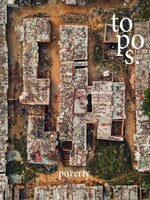 N. 125
N. 125
 N. 124
N. 124
 N. 123
N. 123
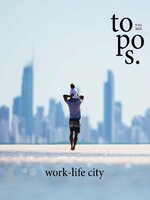 N. 122
N. 122
 N. 121
N. 121
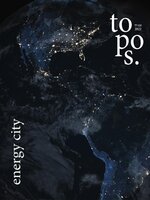 N. 120
N. 120
 N. 119
N. 119
 N. 118
N. 118
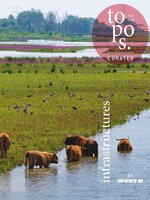 N. 117
N. 117